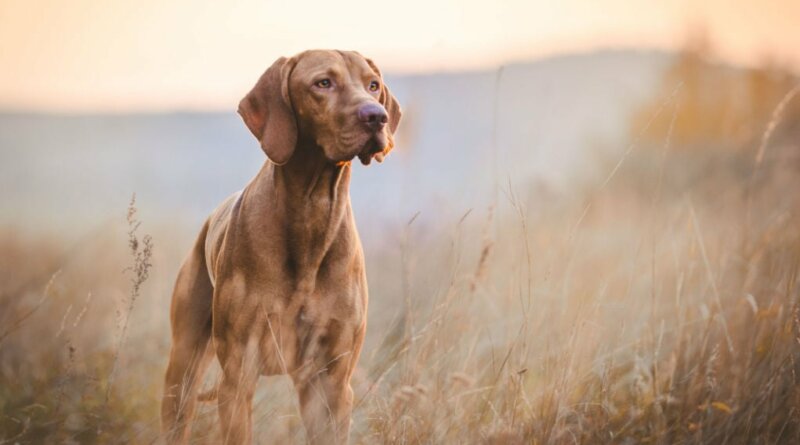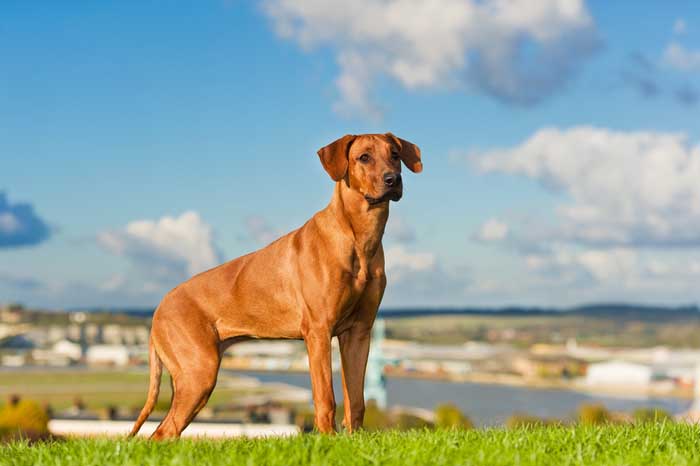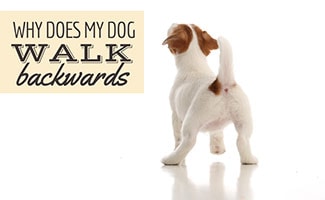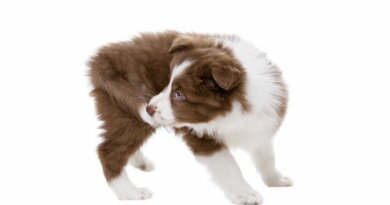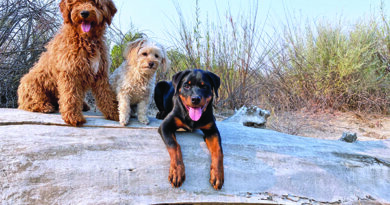11 Popular Hound Dog Breeds – Top Dog Tips
Most commonly, a hound dog breed shares the ancestral trait of helping hunters on the trail.
Many hold strong scenting powers that allow the dog to follow a trail, while others deliver a strong give of stamina.
Despite these specific traits, it’s hard to generalize hounds because the group is exceptionally diverse.
Many hound dogs are known for their distinct ability to produce a unique sound called baying.
To get started, let’s look at the most common hound dogs:
11 Popular Hound Dog Breeds
Afghan Hound
The Afghan Hound holds a regal appearance, thanks to the large carriage and long, silky coat.
The head and muzzle of this breed are long, narrow, and refined.
The most common color combinations for the Afghan Hound include black, red, cream, blue, brindle, white, and domino.
The Afghan pup doesn’t resemble the longhaired adults, with short fuzzy hair on their cheeks and a short, fluffy coat.
Eventually, the coat falls out, giving way to their steadily lengthening adult coat.
This breed is particularly strong-willed and independent, self-confident, and aloof. The Afghan is fiercely brave but potentially timid.
Occasionally, this breed is known to be standoffish and particularly wary of strangers.
The Afghan Hound can develop a feral disposition if this dog isn’t properly socialized.
The Afghan Hound is relatively high maintenance, requiring weekly baths and brushing to remove dead hair from its coat.
The dog is highly intelligent but is challenging to train due to stubbornness.
The dog is highly sensitive to harsh correction, refusing to obey if they’re not in the mood.
Although these dogs make fine apartment dogs, they require plenty of exercise to prevent boredom or destructive behaviors.
American Foxhound
Known for their sweet, loyal, and kind temperaments, the American Foxhound holds the potential to mix hunting dogs with modern-day companions.
The American Foxhound is exceptionally active and needs at least two hours of exercise daily.
These dogs can become easily distracted by various scents, making them unreliable off-leash.
Like most hounds, the Foxhound is quite musical, with bell-like voices and baying that carries for miles.
The breed enjoys spending time around other dogs but can adapt to single living if you’re committed to helping them get daily exercise.
The Foxhound is relatively mild-mannered unless they’re in active pursuit.
When on the chase, these dogs become relentless and determined.
Unfortunately, the Foxhound is stubborn and independent, making training a challenge.
Obedience training is critical with this breed, helping establish hierarchy and your position as the leader in the pack.
Basset Hound
Despite the low profile of these dogs, the Basset Hound is a medium to large breed dog.
Known for their bulky and slow maturing size, these dogs often reach their full size in two years.
The Basset Hound is immediately recognizable by their long-hanging ears and short, crooked legs.
They seem to have sad expressive eyes but typically have a friendly and easygoing demeanor.
The basset hound typically hunts in packs, making them good with other dogs and pets. They get along well with most people, including children.
These dogs are known for their intelligence but can be relatively stubborn with training.
Bassets are pretty vocal at times, with a distinct howl that can draw attention in a crowd.
The hunting urge with this breed is quite strong, requiring constant supervision if unconfined.
Unfortunately, the Basset hound enjoys eating, with a definite tendency to become overweight or obese.
The extra weight can prove problematic with their long back, making it imperative to watch their weight.
The Basset is not a high-powered athlete but should maintain daily exercise.
Grooming this breed is simple, requiring a quick brushing once a week.
This breed’s enormous feet and low stature may track a great deal of mud or dirt into the house.
Beagle
These small, muscular dogs are the small size for hound dogs. They are typically black, tan, and white, with long floppy ears.
Beagles are cheerful and affectionate, preferring the company of others over being alone.
The dog may become loud, vocal, and destructive when left alone.
Beagles are notoriously challenging to housebreak and often struggle with obedience training too.
All Beagles are curious and active dogs. It’s their nature to roam, picking up on scents throughout the neighborhood.
The friendly nature of the Beagle makes these dogs exceptionally bad at guarding or protection.
Preventing these canines from wandering off is essential, with a leash or fenced-in yard always required.
Thanks to their short coat, this breed is exceptionally easy to care for, requiring minimal grooming and the occasional bath.
The Beagle can become overweight, so carefully monitor caloric intake after puppyhood.
Bloodhound
The Bloodhound is mild-mannered and patient, exhibiting extensive independence and determination.
While this hound dog breed offers great companionship, it also poses unique challenges.
The Bloodhound is a large breed dog with long droopy ears and wrinkled skin.
They have a short coat in three possible color combinations: red, liver and tan, or black and tan.
This dog is excellent with children and exceptionally tolerant of children climbing or doting on him. He typically gets along well with other animals too.
Despite his mild manners, this breed can hold a mind of its own. He tends to make decisions instead of following someone’s commands.
If the Bloodhound has picked up a scent, he will follow it as far as possible.
The Bloodhound is well-known for its extensive vocalizations, including baying, whining, talking, and howling.
The Bloodhound is a wonderful companion animal, but they’re often connected with challenges.
This breed is relatively slow to mature, not reaching full maturity until age two.
Adolescence brings curious, boisterous, and clumsy behavior. This timeframe also finds the Bloodhound fearless about anything it eats.
It’s not uncommon for a bloodhound to eat anything that seems appealing.
Unfortunately, this tendency means your Bloodhound might snack on the TV remote, batteries, car seats, towels, and other inappropriate objects.
Bluetick Coonhound
As a fast muscular breed, the Bluetick Coonhound holds a remarkable coat that stands out. These dogs have a pleading expression that draws in crowds.
Known as a hunter first, the Bluetick adapts well as a housedog and bonds quickly with their family.
This hound dog breed is highly sensitive and gets along with everyone with proper socialization.
The Bluetick is a high-energy breed, making them ideal for homes with ample space.
Keeping a fenced-in yard for these dogs is essential, as they have a strong prey drive that will have them chasing critters wandering around.
This sleek and beautiful dog is an affectionate, sweet charmer with a relentless and single-minded prey drive.
The bluetick is known for speed, capitalizing as nocturnal hunters. This breed is well-muscled but is rarely clumsy or chunky.
These dogs love affection and become deeply devoted to those who offer it.
Unfortunately, underemployed coonhounds can develop problematic behaviors, mainly with loud, mournful cries and baying.
Dachshund
Despite their laptop appearance, these long, low-silhouette dogs are known for their hunting capabilities.
Originally bred to hunt tunneling animals, the Dachshund is agile and capable of getting the job done.
Today, these dogs are ideal small-game hunters, show dogs, and companion animals.
The Dachshund comes in three varieties: longhaired, wirehaired, and smooth.
Their lively disposition and adorable size have helped these dogs remain among the most popular since the 1950s.
Despite their small size, the Dachshund is a brave dog with an independent spirit, particularly when hunting.
They enjoy chasing small animals, birds, and toys. These dogs love to play but may come up with their own house rules to follow.
A Dachshund will often closely bond with one person, becoming jealous of its owner’s attention to other people or animals.
These dogs can become snappy and exceptionally vocal without proper socialization and training.
The small compact size makes them ideal for most housing arrangements, but their vocals may annoy your neighbors.
Greyhound
The Greyhound has made a name for itself as a racing dog but also participates in many other dog sports.
Originally bred to chase foxes, deer, and hares, these canines can reach 40 to 45 miles per hour.
Despite their grace and speed, many enthusiasts love their laid-back and mild nature.
The Greyhound is said to have two speeds: full force and couch potato.
This hound dog breed is occasionally sensitive to loneliness and extreme weather conditions.
This breed cannot stay home alone for hours without suffering mentally.
The Greyhound gets along well with other animals and people, becoming loyal and affectionate with his family.
The breed isn’t aggressive toward strangers, but he’ll alert when someone approaches the home.
Despite their reputation for high energy levels, these dogs love curling up on the couch and sleeping.
They’re satisfied with a daily walk but will always tag along for a jog or run.
The Greyhound does well in homes with small yards or apartments.
Although they enjoy spending time with their family, the Greyhound holds a strong prey drive that will occupy their interest above everything else.
Irish Wolfhound
This breed was initially used to drag men off chariots and horses while hunting big game (wolves, deer, and boar).
Today, the Irish Wolfhound enjoys spending time with his family, tracking, obedience, and lure coursing.
On average, the Irish Wolfhound is the tallest dog breed in the world (although many breeds will outweigh them).
Their size often restricts where the dog can live, with apartment dwellers struggling to provide enough space for them to thrive and move around.
Always have a tall fence to keep your dog from chasing wildlife.
Despite their large size, the Irish Wolfhound is exceptionally loving and affectionate, even with small children.
This dog is known for being brave but struggles with guarding or protecting.
These dogs love long walks but enjoy being a couch potato overall.
Although the Irish Wolfhound is quiet inside, these dogs aren’t recommended for apartment living.
Rhodesian Ridgeback
Although this breed possesses many similar qualities associated with Hounds, the Rhodesian Ridgeback holds a tougher personality than the standard hound breed.
Despite being a hound dog breed, this dog has a quiet and gentle temperament but rarely barks.
Although the Ridgeback gives the impression of a large, lazy hound, this dog can offer a threatening stance.
Bred to hunt and protect, the Ridgeback is easily trained and holds extensive intelligence.
With such strong abilities as guardians, the Ridgeback shouldn’t be trained as protection dogs.
These dogs are good with children; however, both should learn how to interact with one another.
The Ridgeback is a gregarious animal, enjoying the companionship of other dogs, but can struggle with dominance issues around other male dogs.
The Rhodesian Ridgeback is extremely clean, with minimal shedding and odor.
They are often easygoing with food, but you may need to watch caloric intake to prevent overeating.
Saluki
Considered one of the oldest dog breeds, Salukis were once considered a gift from Allah.
These dogs are fast as the wind and quietly devoted to their family.
These dogs are relatively challenging to train and should never be trusted off-leash.
Salukis don’t enjoy being alone without company, which can trigger separation anxiety.
These dogs are known for their high prey drives, wandering off to chase a scent any chance they get.
The Saluki is best with an experienced pet parent that can remain firm and consistent with training while offering plenty of exercise.
Any movement can trigger this breed’s prey drive, pushing the instinct to chase.
Good luck catching the Saluki. They’ve been clocked at 30 to 35 miles an hour when in pursuit.
Hound Dog Breed: Conclusion
Hound dogs vary between small to large breeds and everything in between.
Known for their prey drive, a hound dog can pick up the scent and follow it for miles.
These dogs are devoted to their family, with many breeds tolerating and enjoying the company of children and other animals if socialized from an early age.
Always consider the breed’s activity level, size, and temperament before committing to a new family member, as these factors can influence the integration into your household.
READ NEXT: 31 Herding Dog Breeds

